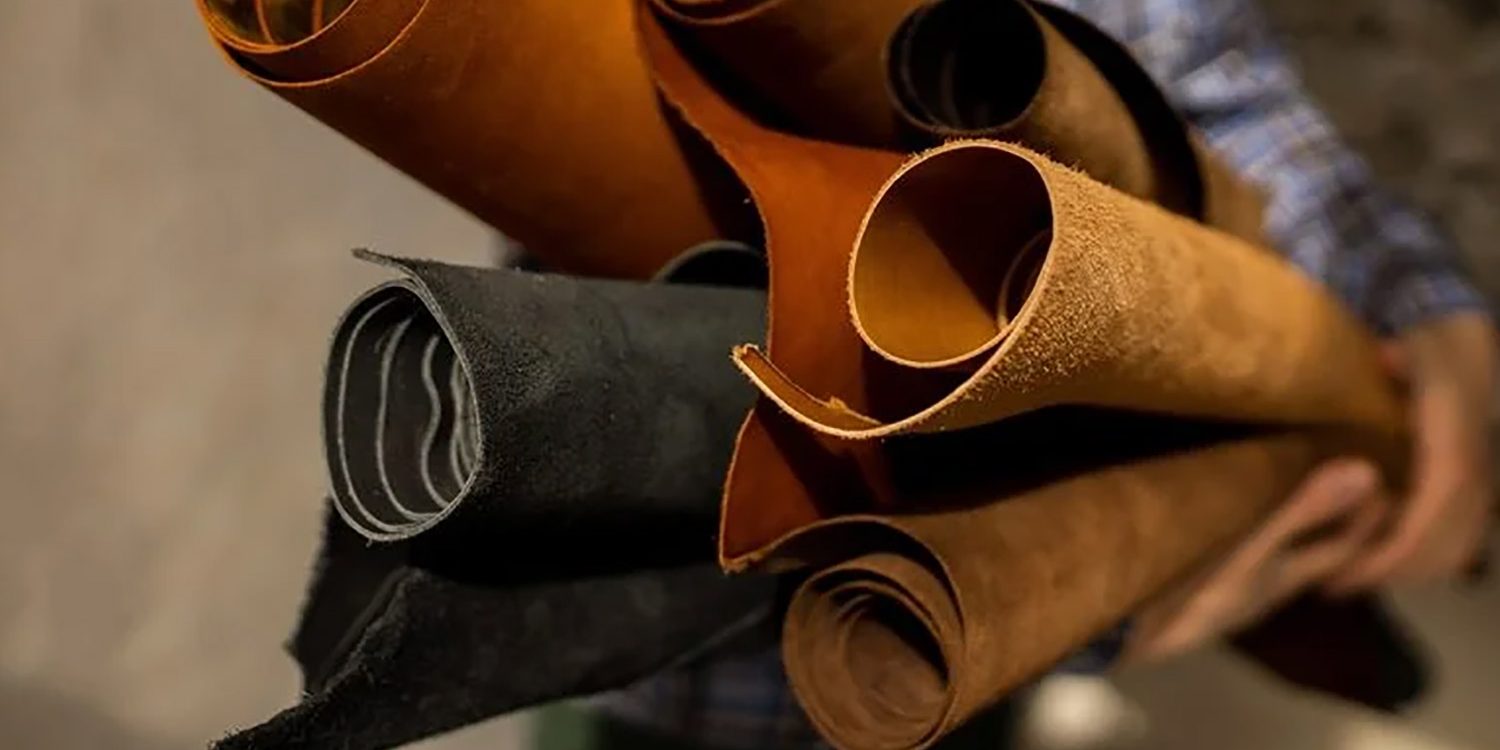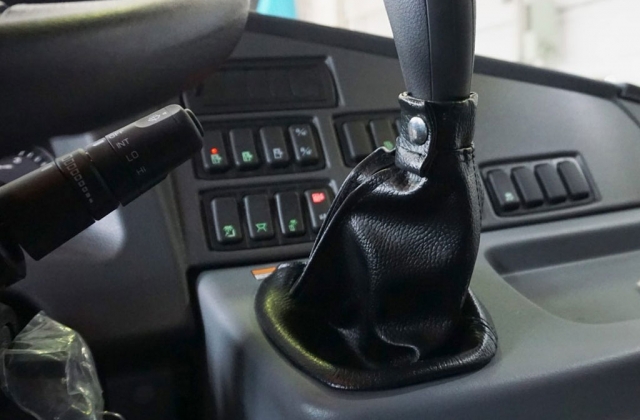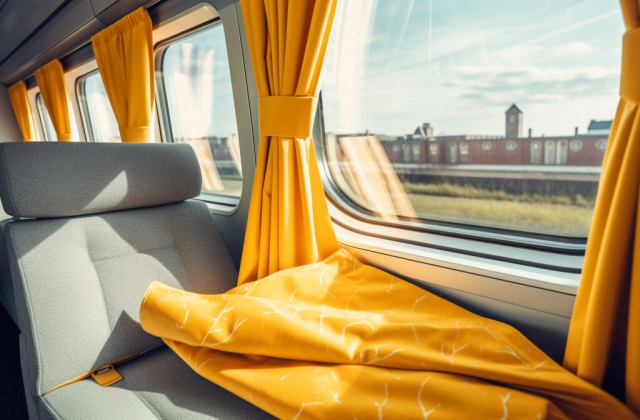The use of leather fabrics in vehicle interiors is a popular choice for both aesthetic and durability reasons. Leather fabrics, with their different types and features, add luxury and elegance to the interior design of the vehicle.

The use of leather fabrics in vehicle interiors is a common choice for both aesthetic and durability reasons. Leather fabrics, with their different types and features, add luxury and sophistication to the vehicle's interior design. Each type of leather fabric has its own advantages and disadvantages, so personal preferences and usage needs should be considered when making a selection. Here are the types of automotive leather fabrics and their detailed characteristics:
Natural Leather
Natural leather is one of the most common types of vehicle upholstery, made from animal hides and offering a high-quality, luxurious appearance. This type of leather undergoes various processes to enhance the interior's elegance and durability.
Advantages: Natural leather is visually striking and provides a luxurious, elegant look. It has a soft and smooth surface, contributing to comfort and aesthetic appeal. High-quality natural leather is durable and maintains its integrity for many years. It is relatively resistant to stains and liquids, making it easier to clean.
Disadvantages: Natural leather can become hot in warm weather and cold in cooler conditions, which can affect comfort. It requires special care, including regular moisturizing and cleaning to maintain its appearance and longevity. It is costly compared to other materials and may develop cracks or fading over time.

Synthetic Leather (Vinyl or PU Leather)
Synthetic leather is made from synthetic materials as a more cost-effective alternative to real leather. Typically made from vinyl or polyurethane (PU), synthetic leather has a similar aesthetic to natural leather but is more affordable.
Advantages: Synthetic leather is cheaper than natural leather and offers many color and texture options. It is easy to clean, typically wiped down with a damp cloth. Water-resistant and more resistant to stains. It can be considered an eco-friendly alternative as it does not use animal products.
Disadvantages: Synthetic leather does not provide the same luxurious feel or durability as natural leather. Over time, it may show signs of wear and tear. Can cause sweating in hot weather and has a higher risk of cracking. It is less breathable than natural leather.
Napa Leather
Napa leather is a high-end natural leather known for its softness and smooth surface. It is frequently used in luxury vehicle brands.
Advantages: Napa leather offers a soft, luxurious texture. It is a very high-quality material that adds premium aesthetics to the vehicle interior. Resistant to color changes and highly durable.
Disadvantages: Napa leather is quite expensive and requires regular maintenance. Like natural leather, it is sensitive to temperature changes and can crack if not properly moisturized. Prolonged exposure to sunlight can cause fading and drying.
Aniline Leather
Aniline leather is an untreated type of leather that retains a completely natural look and feel. It undergoes minimal processing to preserve the natural texture of the hide.
Advantages: Aniline leather offers a unique and authentic appearance. Each leather piece has different grains and natural markings, giving each vehicle a unique style. It provides a soft texture and luxurious feel for comfort.
Disadvantages: Aniline leather is highly sensitive to stains and water damage. Requires regular maintenance to prevent premature wear. Sensitive to sunlight, and exposure can cause color fading over time.
Semi-Aniline Leather
Semi-aniline leather offers a balance between aniline leather and processed leather. It is coated with a light protective layer, increasing durability while maintaining the natural leather look.
Advantages: Semi-aniline leather provides the natural beauty of aniline leather with increased durability and protection. More resistant to stains and wear, making maintenance easier. It offers a natural appearance and luxurious texture while being more long-lasting.
Disadvantages: Semi-aniline leather still requires maintenance and is more expensive than synthetic leather. May cause comfort issues in extreme temperatures, either hot or cold. The breathability is slightly reduced due to the protective layer compared to natural leather.
Conclusion
Choosing the right automotive leather fabric should be based on both aesthetic and functional needs. Natural leather offers luxury and durability, while synthetic leather provides a more affordable and easy-to-maintain option. Choices like Napa and aniline leather provide top-tier comfort and aesthetics, while semi-aniline leather offers more durability without sacrificing the natural look. By considering the advantages and disadvantages of each type, the right choice can be made for a balance of comfort, style, and longevity.




